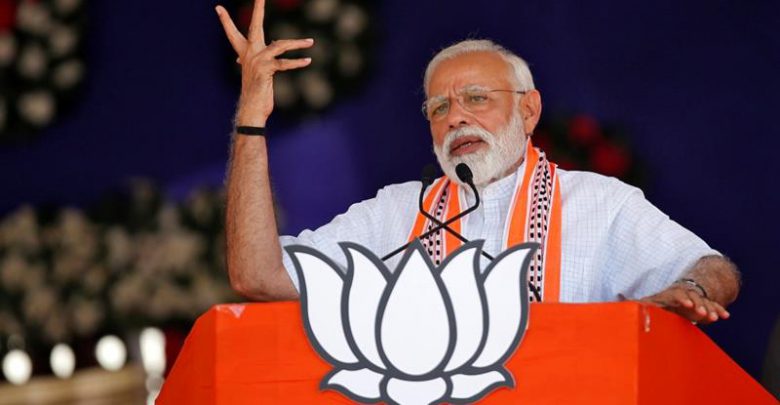AllAsia and OceaniaOngoing
Modi’s India: Will BJP Live Up To Expectations?
The ruling Bharatiya Janata Party of India has ruled an unprecedented number of elections in the country. But is Narendra Modi living in the reality of millions of his citizens?

India’s democracy is an important societal element of the multicultural fabric of the Society. The BJP espouses what some call a hyperinflated form of Hindu nationalism, and recently returned to power by winning over 300 seats in the country’s parliamentary elections. Is India and their government going in the right direction?
The Prime Minister’s office is poised to consolidate power by seeking to build a coalition with the help of disgruntled opposition members. The party which drove India to independence from the British has weaned its power to a mere 10% of parliamentary seats in the most recent Indian elections.
What Does This Mean for India?
The BJP does not have any direct competition. Narendra Modi and his party enjoy the strongest government mandate in more than 30 years and an extremely cooperative media platform. Modi promises his people Indian Greatness through strong partnerships with other nations.
The umbrella organization that houses the BJP which was incepted in 1925 has always had the Hindu people at the core of its ideology with a promise to return to India’s past spiritual material and territorial greatness. This theory would lead India back to its rightful place and prestige on the international scale. The Undivided India includes the span from Iran to Myanmar and everywhere in between.
Hindu Nationalism: Not for the Muslims
Unfortunately, India’s hyper-Hindu nationalist sentiment has poor implications for the existing country’s Muslim population. From the country’s independence, there have been ongoing border clashes with their majority Muslim Pakistani neighbors in the north.
The seemingly intractable conflict over the region of Kashmir does not seem to be deescalating anytime soon, and the nationalist rhetoric espoused by Modi and his more extreme supporters does not bode well for peace efforts.
Within the country, with the exception of Sikhs, Jains and Buddhists, all other religious groups are perceived to be “suspect foreigners” – even Indian-born Muslims. Their mode of life if only acceptable if peppered with unrecognizability. A scrutinous version of this suspicion is reserved for Muslim populations, as they are the country’s largest minority and most outwardly different from Hindus.
India and Defense: Inside Borders and Out
India’s military capability has always been perceived by the world as very strong – the country is a leader in emerging technologies and houses much of the world’s internet infrastructure. In addition, their sheer volume of combatants and military capability is astounding.
Despite all of these advances, the country’s military remains riddled with issues. It is reported that their defense acquisition process is “all but broken,” their equipment is old and outdates, and their stock of ammunitions are inadequate for an actual two-front war.
Does Fighting Still Work? India’s Weak Military
But is military intervention a thing of the past? Judging by the Prime Minister’s indifference to the physical strength of the country’s military, his growing diplomatic ties with nations seem to agree.
While criticisms of the BJP point at all of Modi’s shortcomings, his relationship with the country’s ethnoreligious base and indifference to seemingly outdated issues suggests that India is at the forefront of a new wave of soft power which will bolster and cement the country to permanent international importance.
India and the Wary Future of True Democracy
Today, India is facing an unprecedented attack on its long standing institutions and the country’s inherent values. Modi’s government is becoming more receptive to the rise of ethnocultural nationalism, which might eventually undermine decades of social policies and dismantle the fabric of Indian society as we know it in relative harmony.




